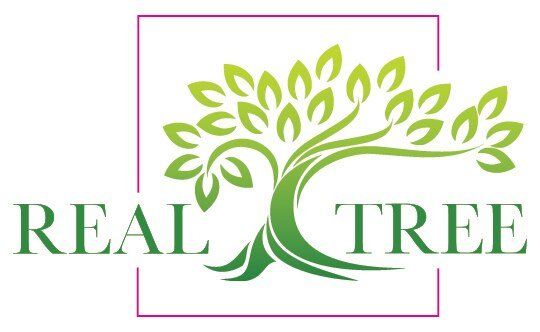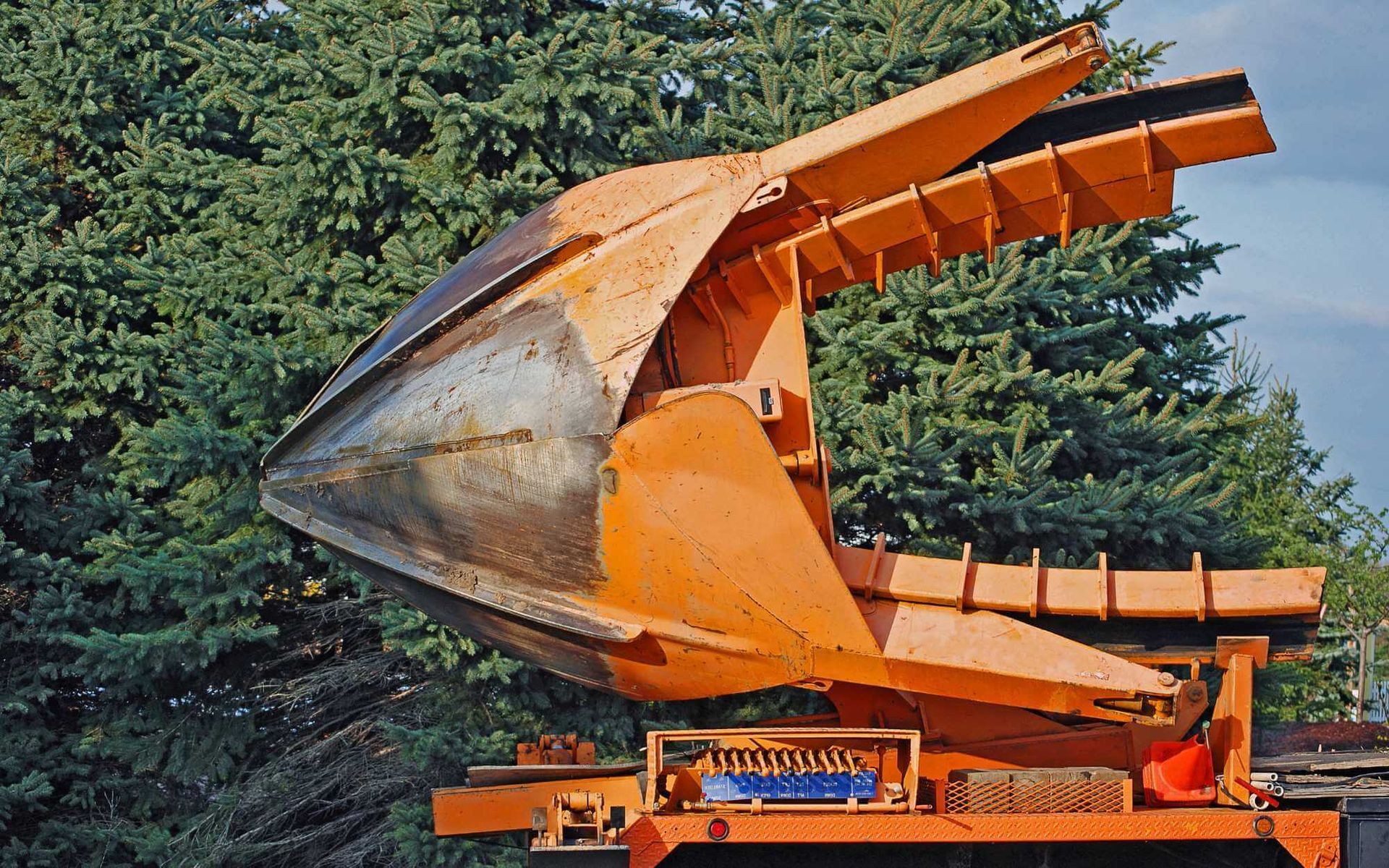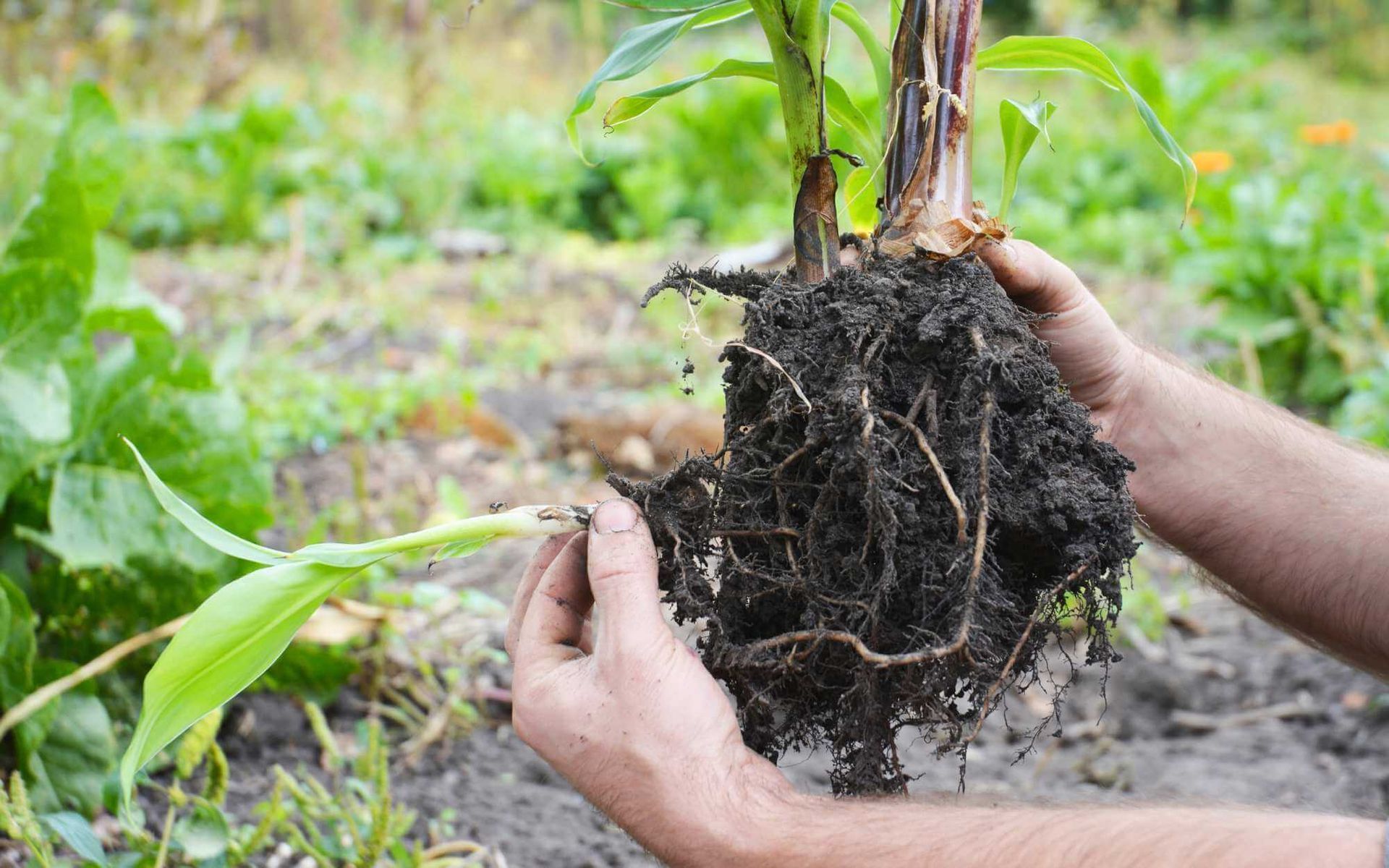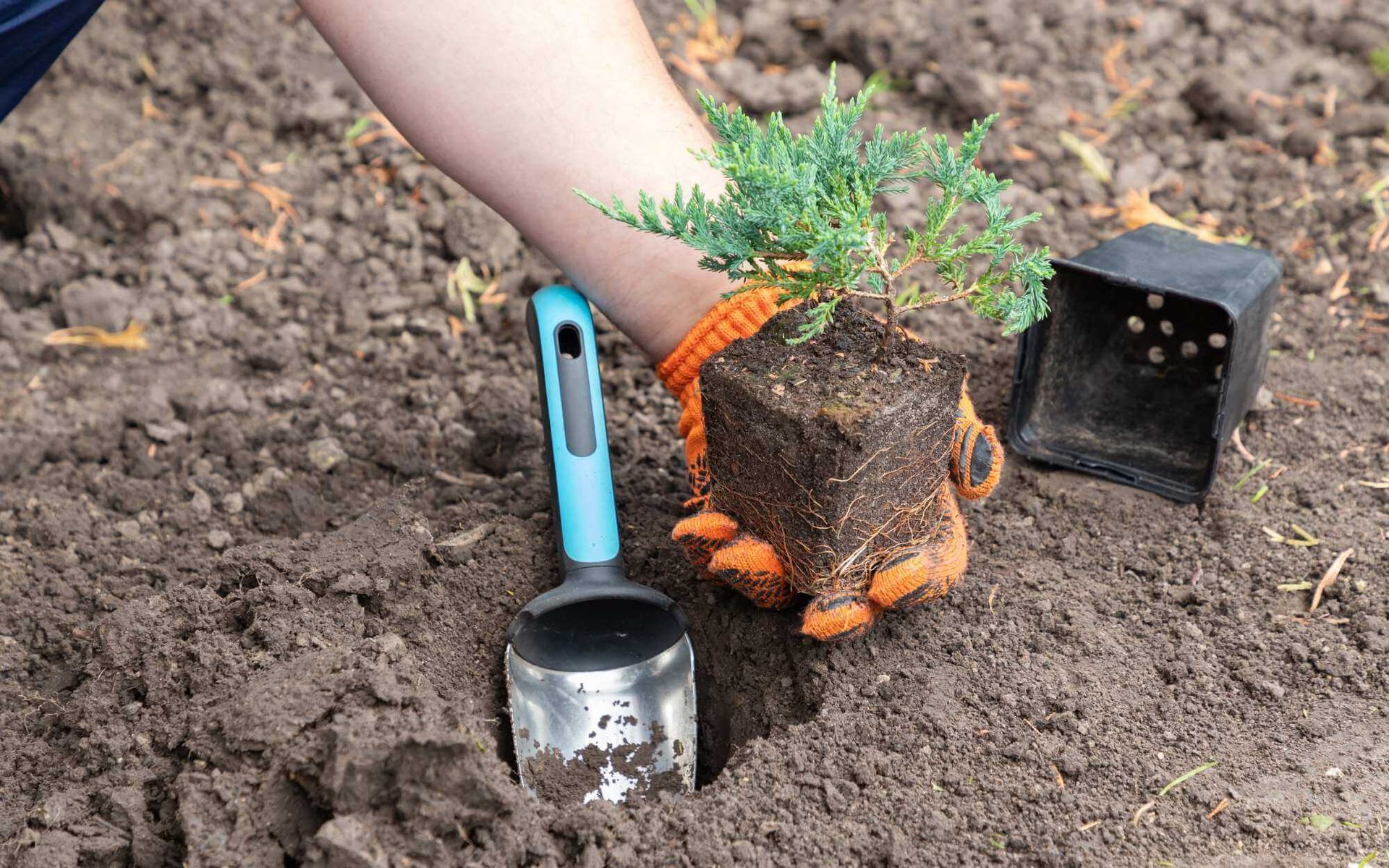Timing Matters: When to Prune Trees for Optimal Growth
PUBLISHED ON
SHARE THIS ARTICLE
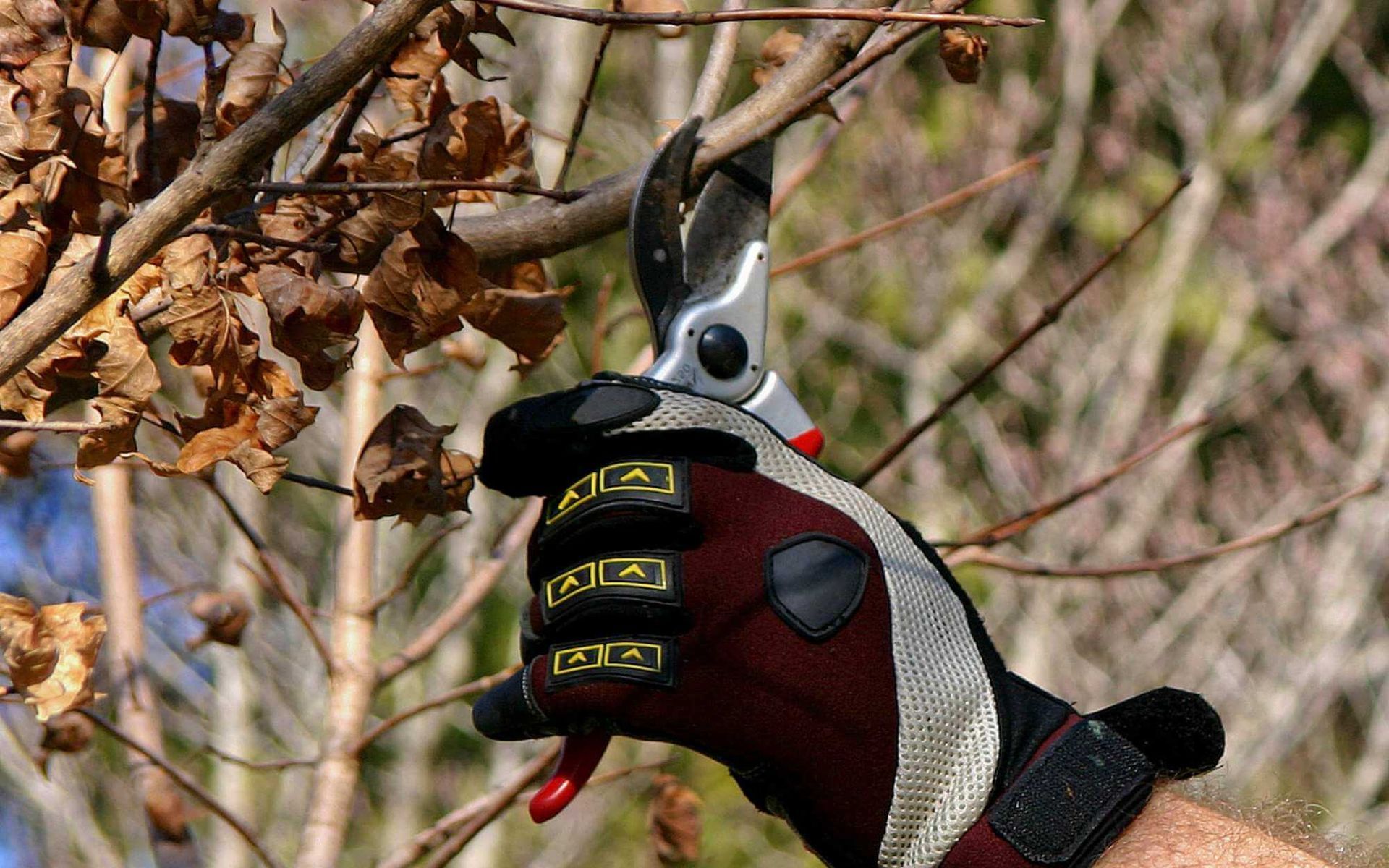
As a tree owner in Florida, you know that proper pruning is a key part of providing both newly planted trees and mature trees proper care and promoting healthy growth. But what you may not realize, is the timing of your pruning endeavors plays an important role as well.
To help ensure optimal results for your beloved trees, it's essential to understand when each type of Florida tree should receive its much-needed grooming session.
So let's take a closer look at
the best time to prune according to each unique variety so that your trees are always looking their very best!
Establish your goals
Before jumping into pruning your trees, it's important to establish your goals and determine why you want to trim trees in the first place.
Are you looking to enhance the aesthetic appeal of your property? Or perhaps you want to encourage new growth and improve fruit production? Whatever your reasons, having a clear understanding of your desired outcome will help guide your pruning strategy and ensure that you achieve the results you're hoping for.
So take some time to think about your goals and get ready to transform your trees into healthy, beautiful additions to your landscape.
Understand the Type of Pruning for a Specific Season

If you're a homeowner with a backyard full of trees, it's essential to understand the different types of tree pruning that can be done throughout the year. Not only does it keep your trees looking tidy, but it also promotes healthy growth and can prevent potential hazards.
Whether it's dead branches, crossing limbs, or unwanted growth, trimming trees can tackle any of these issues. It's vital to know that the best time to prune varies depending on the species of tree you have. For instance, spring is an excellent time to prune oak trees, while winter is best for fruit trees.
So, the next time you're out enjoying your landscape, keep a keen eye on your trees and consider pruning at the appropriate time to keep them healthy and beautiful year-round.
Learn when each pruning type is right for each tree type
Pruning is a necessary task when it comes to tree care. But did you know that not all trees should be pruned in the same way?
Understanding when each type of pruning is appropriate for each type of tree can make a big difference in its growth and overall health. For example, deciduous trees benefit from thinning cuts, which allow for air and sunlight to reach the interior of the tree. On the other hand, evergreen trees thrive with shearing cuts, which promote a dense growth pattern.
By knowing when and how to properly prune your trees, you can ensure that they will stay healthy and beautiful for years to come.
Explore the best time to prune fruit trees for optimal growth

If you're lucky enough to have fruit trees in your yard, you know that keeping them healthy and productive takes a little bit of effort.
One of the most important things you can do for your trees is to trim them regularly. But when is the best time to do it?
Well, it depends on the type of tree you have.
For apple and pear trees, the best time to trim is in late winter or early spring, while peach and plum trees should be trimmed in the summer. Trimming your trees during these times will help stimulate growth and ensure that they produce delicious fruits for years to come.
Discover which trees should be pruned at certain times
As the winter chill begins to thaw and gentle spring breezes make their way in, you might be thinking about sprucing up your backyard. If pruning the trees is on your list, it's essential to know which ones should be pruned during late winter or early spring.
Fruit trees such as apples and pears, flowering trees like dogwood and magnolias, and shrubs such as lilacs, all benefit from good pruning during this time.
Pruning at the right time ensures healthier growth in the upcoming season and keeps your trees looking beautiful for years to come.
Identify when it's best to remove diseased branches

Removing diseased branches not only helps prevent further damage to the tree but can also improve its overall health and appearance.
If you notice any signs of disease such as wilted leaves, discoloration, or dead branches, it's time to take action. Removing these branches can prevent the disease from spreading to other parts of the tree and neighboring trees. Plus, it can improve the tree's structural integrity, making it less prone to breakage during severe weather.
So take the time to inspect your trees regularly and don't hesitate to remove any diseased branches you come across - your trees will thank you for it!
Pruning on young trees for a healthy start
Taking care of young trees is crucial for their healthy growth. When it comes to pruning, there are a few things you should know.
First off, use sharp and clean pruning tools. Don't prune more than a quarter of tree branches in a year as this can stunt the tree's growth. Prune during the dormant season and avoid pruning during the spring when the tree is actively growing. Finally, remove crossing, rubbing, dead, or broken branches.
By following these tips, you'll set your young tree up for a long and healthy life.
Grab your pruning shears and get to work!
Pruning trees may seem like a daunting and intimidating task, but it doesn't have to be. With the right knowledge, you can become a master tree-pruner and get your trees healthy and growing in no time! Armed with the information above, you now know the when and how of pruning different types of trees, as well as when to trim fruit trees for optimal growth.
Feeling overwhelmed or unsure about tree pruning?
Don't worry, Real Tree Trimming & Landscaping, Inc. is here to help. Our
certified arborists are equipped with the knowledge and tools to handle all your tree pruning needs, ensuring that your trees are healthy, beautiful, and productive for years to come. Contact us today!
Want a free quote or some friendly advice? Call our team today:

